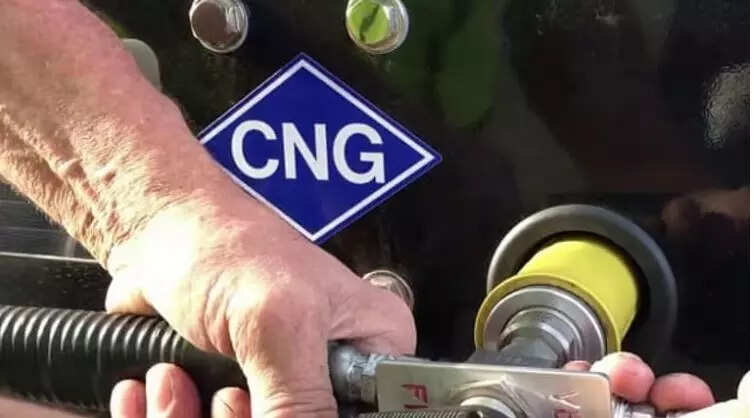
A cut in supply of government-controlled natural gas from legacy fields has sparked a fencing match between the oil ministry and city gas network operators who want to raise at least CNG (compressed natural gas) prices to meet the higher cost of imported fuel being used to meet market demand.
The government reduced legacy gas allocation for the city gas sector by 21% in October and 20% in November following a natural decline in production from old fields. This is pinching margins of companies such as Delhi-NCR’s IGL, Mumbai’s MGL and Adani Total Gas, which operates in Gujarat and other markets as they are making up the shortfall with costlier gas from new fields or imported LNG (liquefied natural gas).
Though technically the government does not control CNG or PNG prices. Still, an upward revision in CNG prices, which impacts auto, taxi, bus and transport operators, at this point is politically untenable for the Centre in view of the impending polls in Maharashtra and Delhi that are served by MGL and IGL, which are promoted by government-run oil companies.
People in the know told TOI a senior ministry official checkmeted the operators at a recent interaction by asking the executives to prove claims of loss by sharing their cost break-up, which they declined.
This prompted the official to hit back saying, “How is it that IGL posts a net profit of INR 1,748 crore on a revenue of close to INR 16,000 crore in 2023-24. That is a margin of 11%. MGL had a profit of about INR 1,300 crore on a revenue of INR 7,000 crore. Contrast this with IndianOil Corporation, which is also a retailer. It posted its best-ever profit of INR 39,617 crore on a revenue of INR 8.7 lakh crore, implying a margin of 4.5%.”
The official told the they should be able to absorb the small increase in operating costs from their “hefty” margins. “There cannot be a situation where you insist on getting low-cost input but refuse to reveal the buildup to the final product price,” sources quoted another official as saying.

